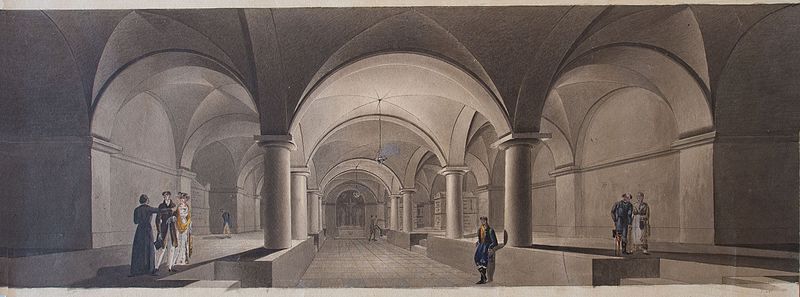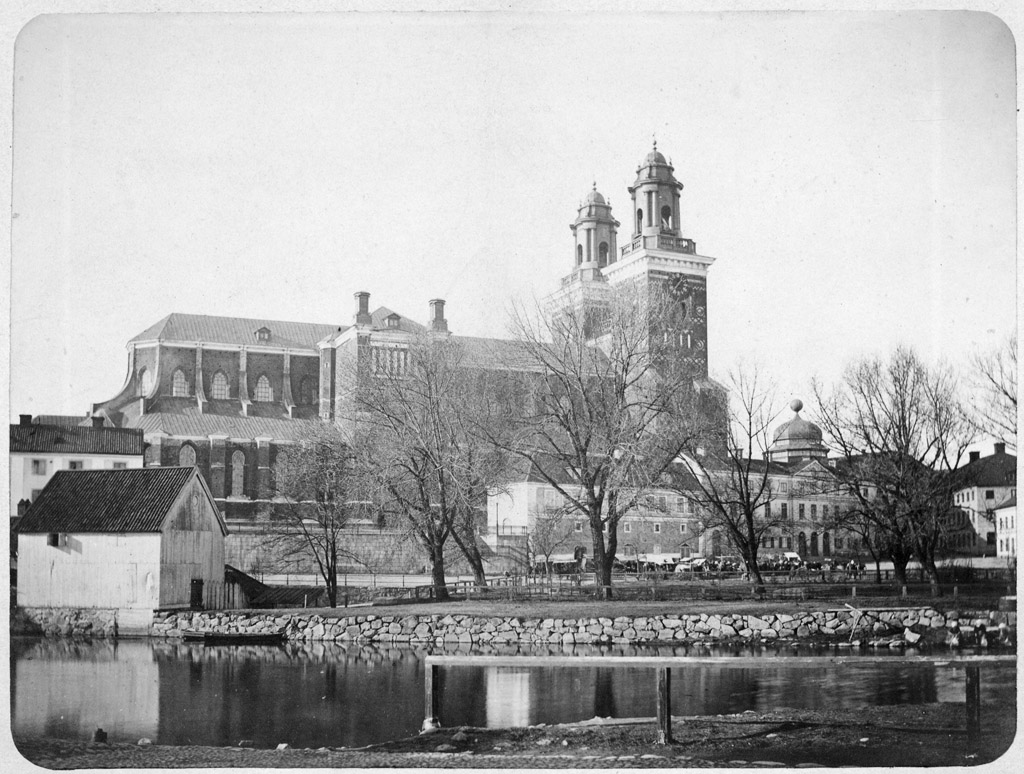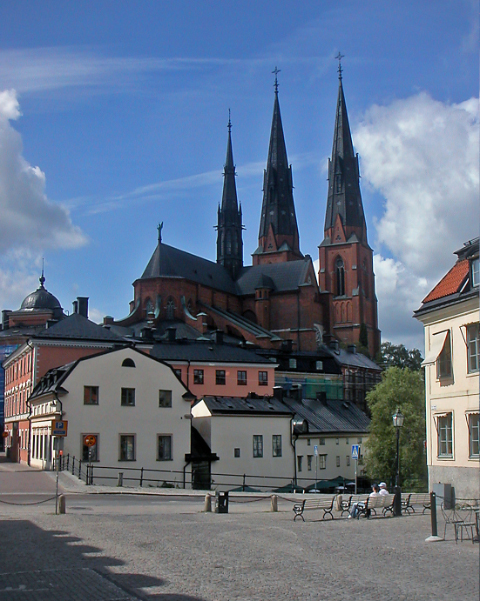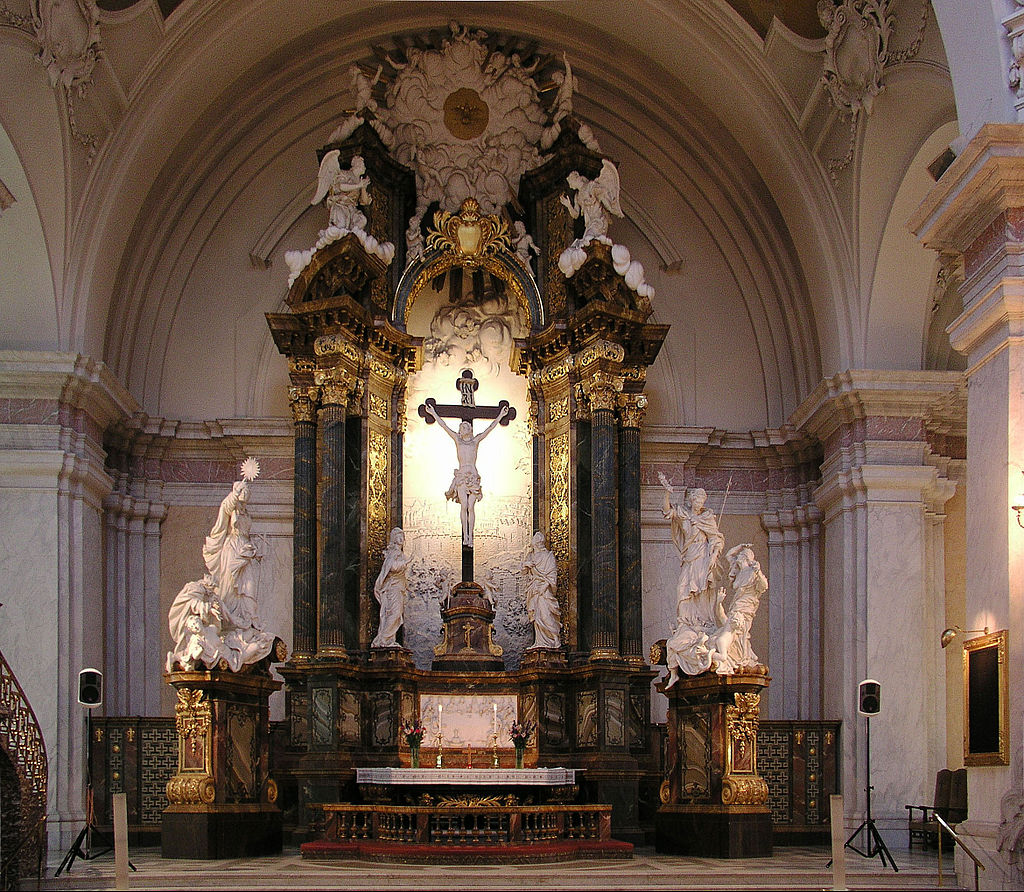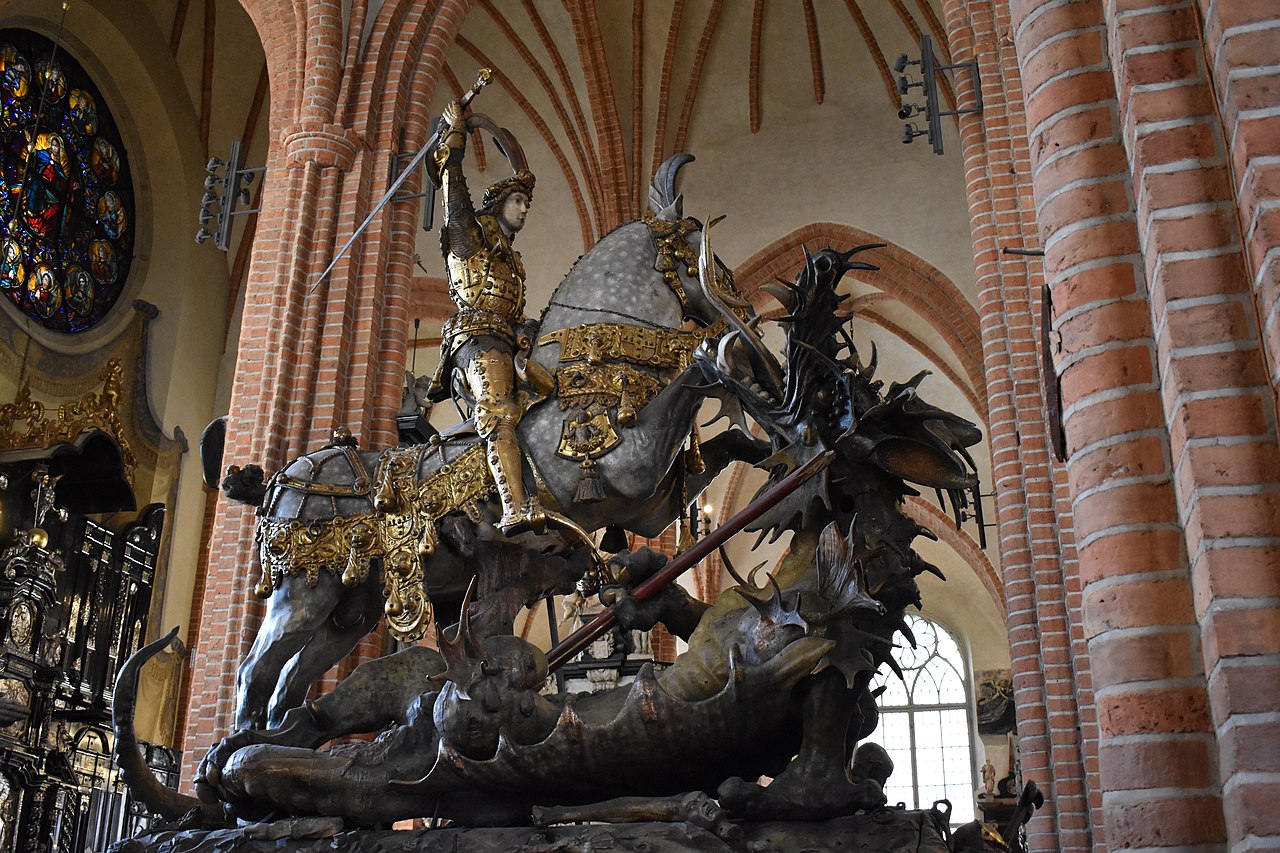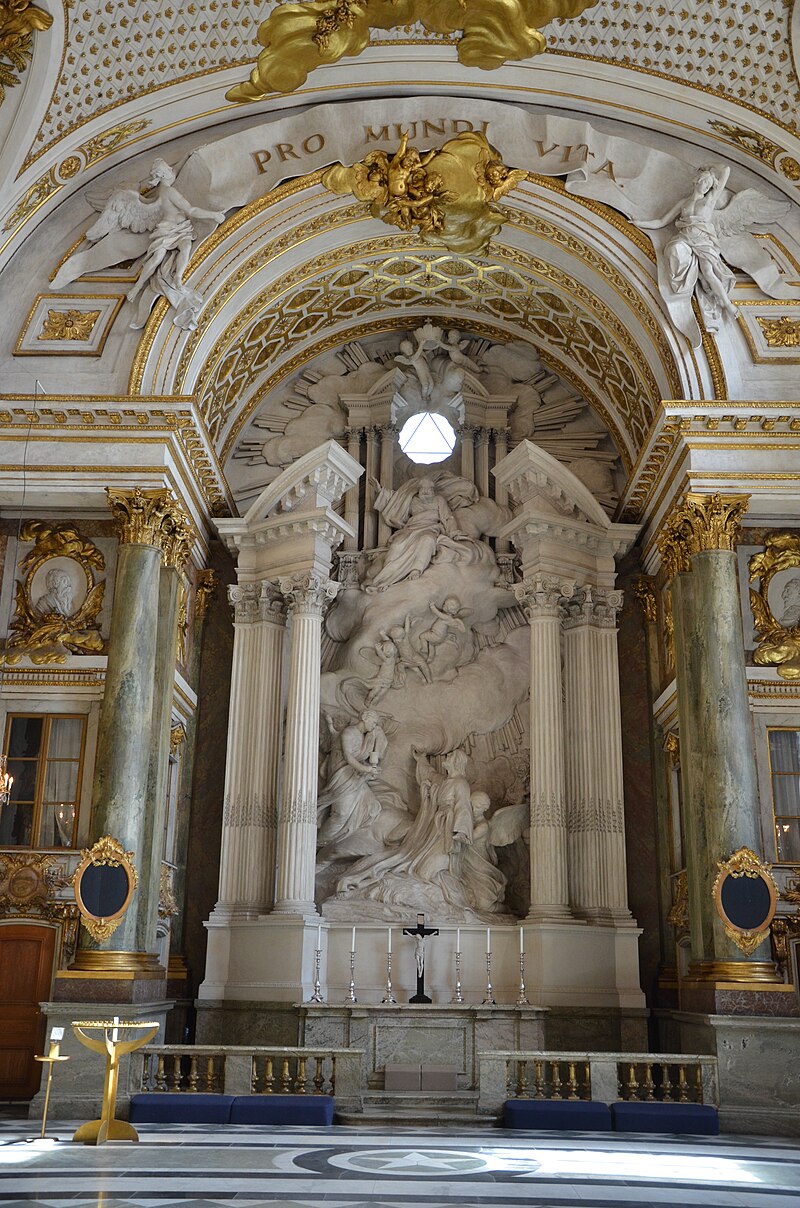by Susan Flantzer
© Unofficial Royalty 2022

Queen Elizabeth II, official photo for the 70th anniversary of her accession to the throne; Credit – The Royal Family Facebook page
On February 6, 2022, Queen Elizabeth II of the United Kingdom marked seventy years on the British throne. On September 9, 2015, Queen Elizabeth II surpassed her great-great-grandmother Queen Victoria, who reigned 63 years, 216 days, as the longest-reigning British monarch.
The top ten longest-reigning British monarchs:
- Queen Elizabeth II, reigned February 6, 1952 – September 8, 2022; 70 years, 214 days
- Queen Victoria, reigned June 20, 1837 – January 22, 1901, for 63 years, 216 days
- King George III, reigned October 25, 1760 – January 29, 1820, for 59 years, 96 days
- King Henry III, reigned October 18, 1216 – November 16, 1272, for 56 years, 29 days
- King Edward III, reigned January 25, 1327 – June 21, 1377, for 50 years, 147 days
- Queen Elizabeth I, reigned November 17, 1558 – March 24, 1603, for 44 years, 127 days
- King Henry VI, reigned August 31, 1422 – March 4, 1461, and October 31, 1470 – April 11, 1471, for 38 years, 347 days
- King Æthelred II, reigned March 18, 978 – December 25, 1013, and February 3, 1014 – April 23, 1016, for 37 years, 362 days
- King Henry VIII, reigned April 22, 1509 – January 28, 1547, for 37 years, 281 days
- King Henry I, reigned August 3, 1100 – December 1, 1135, for 35 years, 120 days
As of September 8, 2022, the day of her death, Queen Elizabeth II was second on the list of longest-reigning monarchs of internationally recognized sovereign states with verifiable reigns by exact date, after only King Louis XIV of France, who reigned for 72 years, 110 days (May 14, 1643 – September 1, 1715).
Read more about Queen Elizabeth II at:
********************
May 12, 1937, Coronation Day of King George VI
As the second son of the sovereign, Queen Elizabeth II’s father Prince Albert, Duke of York (known as Bertie) was not expected to inherit the throne. His role would be to support his father King George V of the United Kingdom, and then later his brother The Prince of Wales, the future King Edward VIII, known as David in the family.
Bertie married Lady Elizabeth Bowes-Lyon in 1923 and they had two daughters: Elizabeth born in 1926 and Margaret born in 1930. However, things were soon to change for the York family. In January 1936, Bertie’s father King George V died. His elder brother became King Edward VIII and Bertie became heir presumptive to the throne. The new king was unmarried and involved with Wallis Simpson, a twice-divorced American. This relationship would soon bring about unheard-of events in the British monarchy. Failing to reach an agreement with the Government by which he and Mrs. Simpson could marry, King Edward VIII abdicated on December 11, 1936, giving his famous “without the woman I love” speech on the radio. Upon Parliament’s passing of the Abdication Act, Bertie became the new King of the United Kingdom, taking the regnal name George VI, in honor of his father, and to stress the continuity of the British monarchy.
King George VI’s elder daughter, the 10-year-old Princess Elizabeth, was now the heir presumptive to the British throne. However, because there was always the possibility of a younger brother being born and becoming heir apparent, Elizabeth did not receive any of the titles traditionally held by the heir. For her father’s entire reign, she remained Princess Elizabeth.
Eventually, the British succession would be more equitable. The Succession to The Crown Act 2013, which formally went into effect on March 26, 2015, put in place absolute primogeniture, which means that for those born after October 28, 2011, the eldest child born becomes the heir to his or her parent, regardless of gender. On April 23, 2018, with the birth of her younger brother Prince Louis of Cambridge, Princess Charlotte of Cambridge, Queen Elizabeth II’s great-granddaughter, became the first British princess not to be overtaken in the line of succession by her younger brother.
********************
King George VI waving goodbye to Elizabeth and Philip on January 31, 1952
In 1947, when Princess Elizabeth married Philip Mountbatten, born Prince Philippos of Greece and Denmark, her father was only fifty-two years old and it was thought she would not become Queen for years, enabling her to settle into married life and then life with children. By 1949, King George VI’s health was failing. He was suffering from lung cancer and several other ailments. Elizabeth and Philip began to take on more royal duties, often filling in for King George VI when he was unable to attend events. A tour of Australia had been postponed and on January 31, 1952, Elizabeth and Philip set off in King George VI’s place. He came to the airport to see them off, looking drawn and frail. It would be the last time he would see his daughter. On February 6, 1952, 56-year-old King George VI passed away in his sleep at Sandringham House in Norfolk, England.
Queen Elizabeth II returning to London on February 7, 1952 after her father’s death
During a stop-over in Kenya, on February 6, 1952, Elizabeth and Philip had just returned to Sagana Lodge, where they were staying in Kenya after a night spent at Treetops Hotel when the news arrived of the death of King George VI and consequently Elizabeth’s immediate accession to the throne. Philip broke the news to the new queen. They immediately returned to London, where Queen Elizabeth II attended the Accession Council on February 8, 1952.
For more information about what happens when the British monarch dies, see Unofficial Royalty: When The British Monarch Dies.
********************
Queen Elizabeth II does not intend to abdicate although her heir Prince Charles, The Prince of Wales and other family members have taken on more of her duties and she carries out fewer public engagements. The Platinum Jubilee was celebrated in 2022 to mark the 70th anniversary of the accession of Queen Elizabeth II in the United Kingdom and throughout the Commonwealth. The celebration plans were formally unveiled by Buckingham Palace on January 10, 2022. Events took place throughout the year, culminating in a four-day holiday weekend from Thursday, June 2, 2022 to Sunday, June 5, 2022.
For more information, see Unofficial Royalty: Queen Elizabeth II’s Platinum Jubilee Weekend
On February 5, 2022, Queen Elizabeth II released a Platinum Jubilee message to the people of the United Kingdom and the Commonwealth. The highlight of the message was her statement that when her son Charles becomes king, “Camilla will be known as Queen Consort as she continues her loyal service.”
Queen Elizabeth II of the United Kingdom died at the age of 96, at Balmoral Castle, her home in Balmoral, Scotland, on September 8, 2022, at 3:10 PM, more than three hours before the public was informed. The death certificate, released by National Records of Scotland cites the Queen as dying of “old age”.
Queen Elizabeth II Resources
- Unofficial Royalty: House of Windsor Index
- Unofficial Royalty: Ancestors of Queen Elizabeth II of the United Kingdom
- Unofficial Royalty: Contemporary Monarchs of Queen Elizabeth II of the United Kingdom
- Unofficial Royalty: Coronation of Queen Elizabeth II
- Unofficial Royalty: First Cousins of Queen Elizabeth II
- Unofficial Royalty: Queen Elizabeth II of the United Kingdom
- Unofficial Royalty: Wedding of Queen Elizabeth II and Lt Philip Mountbatten, RN
This article is the intellectual property of Unofficial Royalty and is NOT TO BE COPIED, EDITED, OR POSTED IN ANY FORM ON ANOTHER WEBSITE under any circumstances. It is permissible to use a link that directs to Unofficial Royalty.
Works Cited
- En.wikipedia.org. 2022. List of longest-reigning monarchs – Wikipedia. [online] Available at: <https://en.wikipedia.org/wiki/List_of_longest-reigning_monarchs> [Accessed 23 January 2022].
- Flantzer, Susan, 2017. When The British Monarch Dies: The Accession Council. [online] Unofficial Royalty. Available at: <https://www.unofficialroyalty.com/when-the-monarch-dies-the-accession-council/> [Accessed 23 January 2022].
- Mehl, Scott, 2014. King George VI of the United Kingdom. [online] Unofficial Royalty. Available at: <https://www.unofficialroyalty.com/king-george-vi-of-the-united-kingdom/> [Accessed 23 January 2022].
- Mehl, Scott, 2015. Queen Elizabeth II of The United Kingdom. [online] Unofficial Royalty. Available at: <https://www.unofficialroyalty.com/queen-elizabeth-ii-of-the-united-kingdom/> [Accessed 23 January 2022].
- The Royal Family. 2022. Plans announced for The Queen’s Platinum Jubilee Central Weekend 2022. [online] Available at: <https://www.royal.uk/platinum-jubilee-central-weekend> [Accessed 23 January 2022].
- Unofficial Royalty. 2015. Longest Reigning British Monarchs. [online] Available at: <https://www.unofficialroyalty.com/current-monarchies/british-royals/british-royal-history/longest-reigning-british-monarchs/> [Accessed 23 January 2022].








